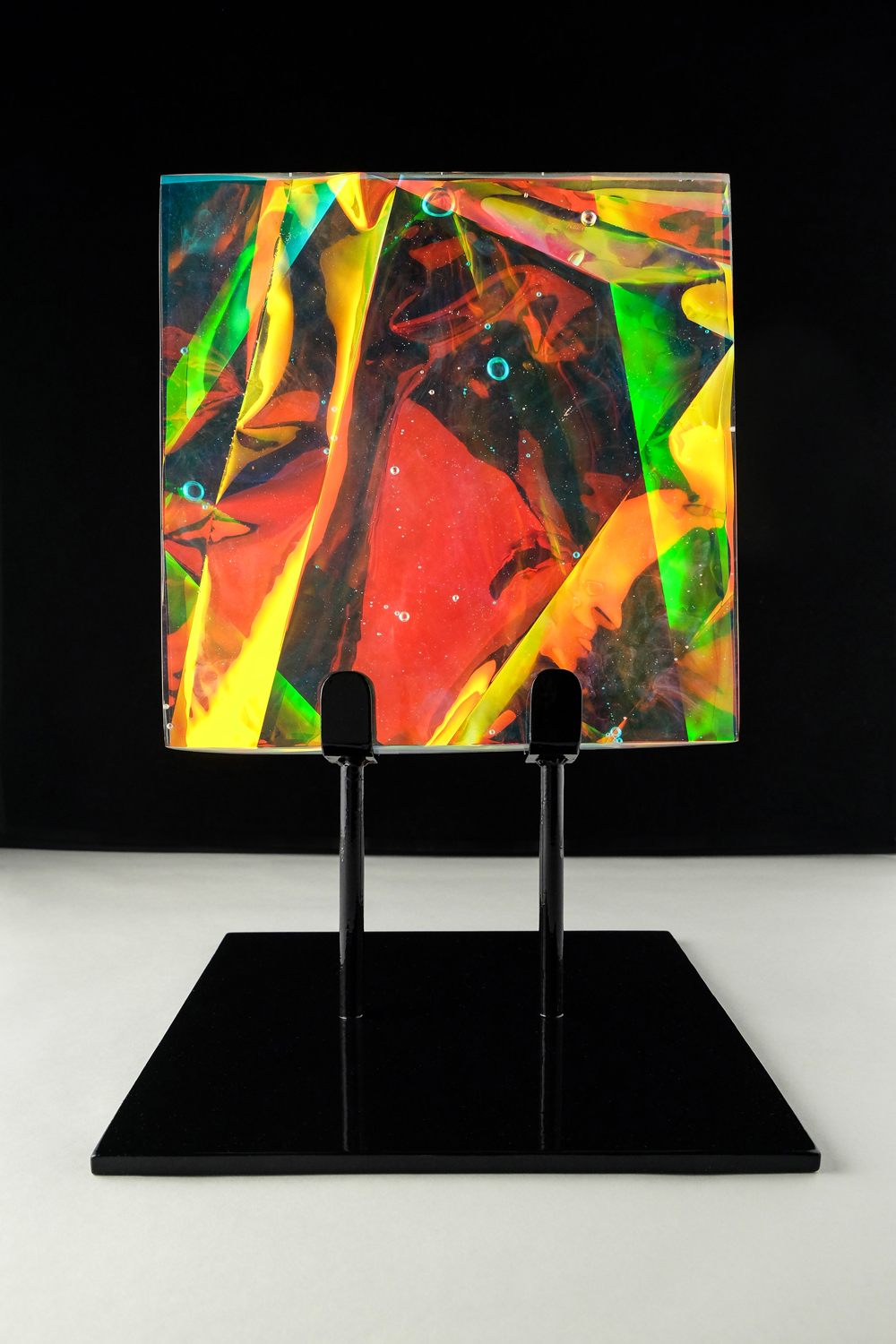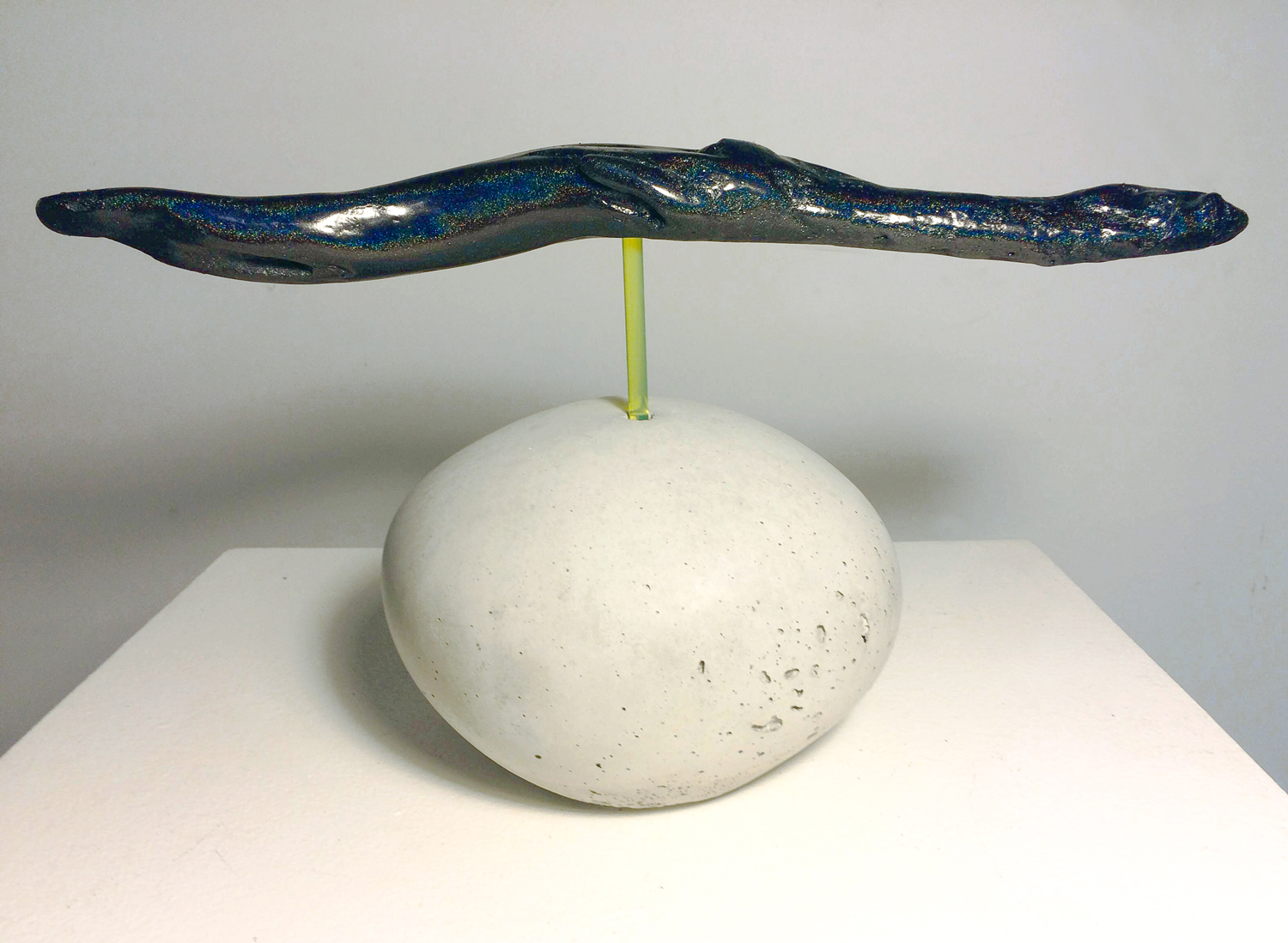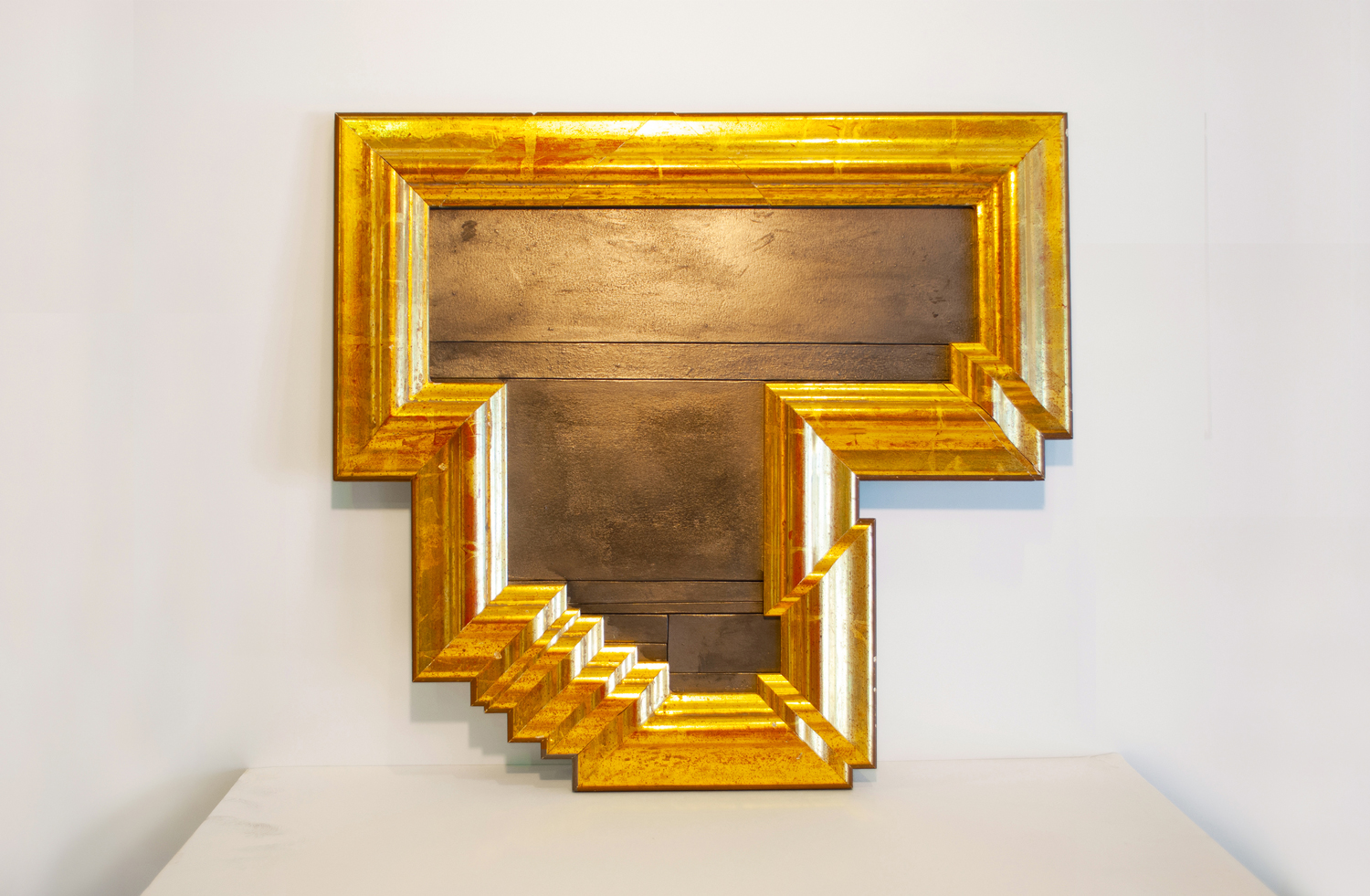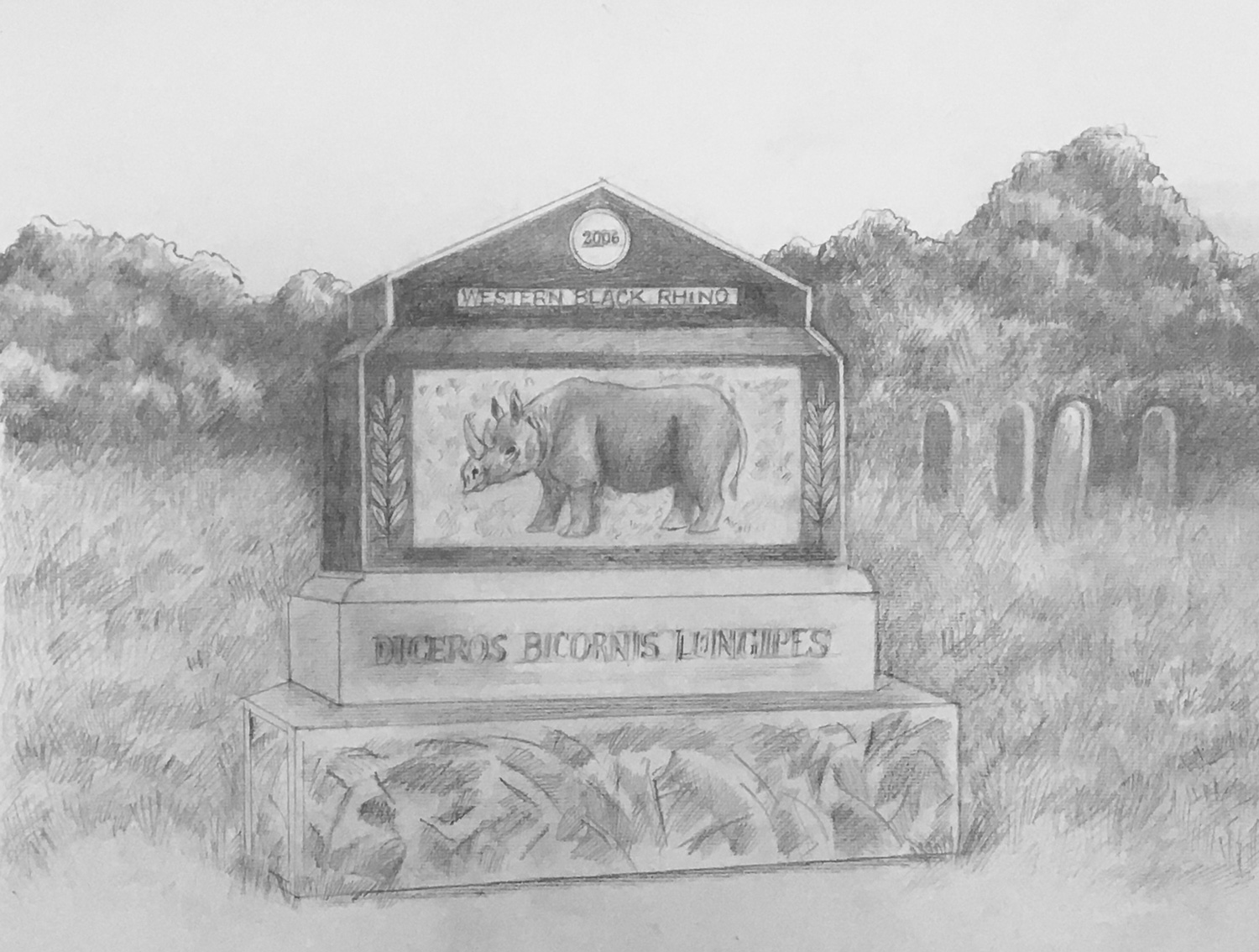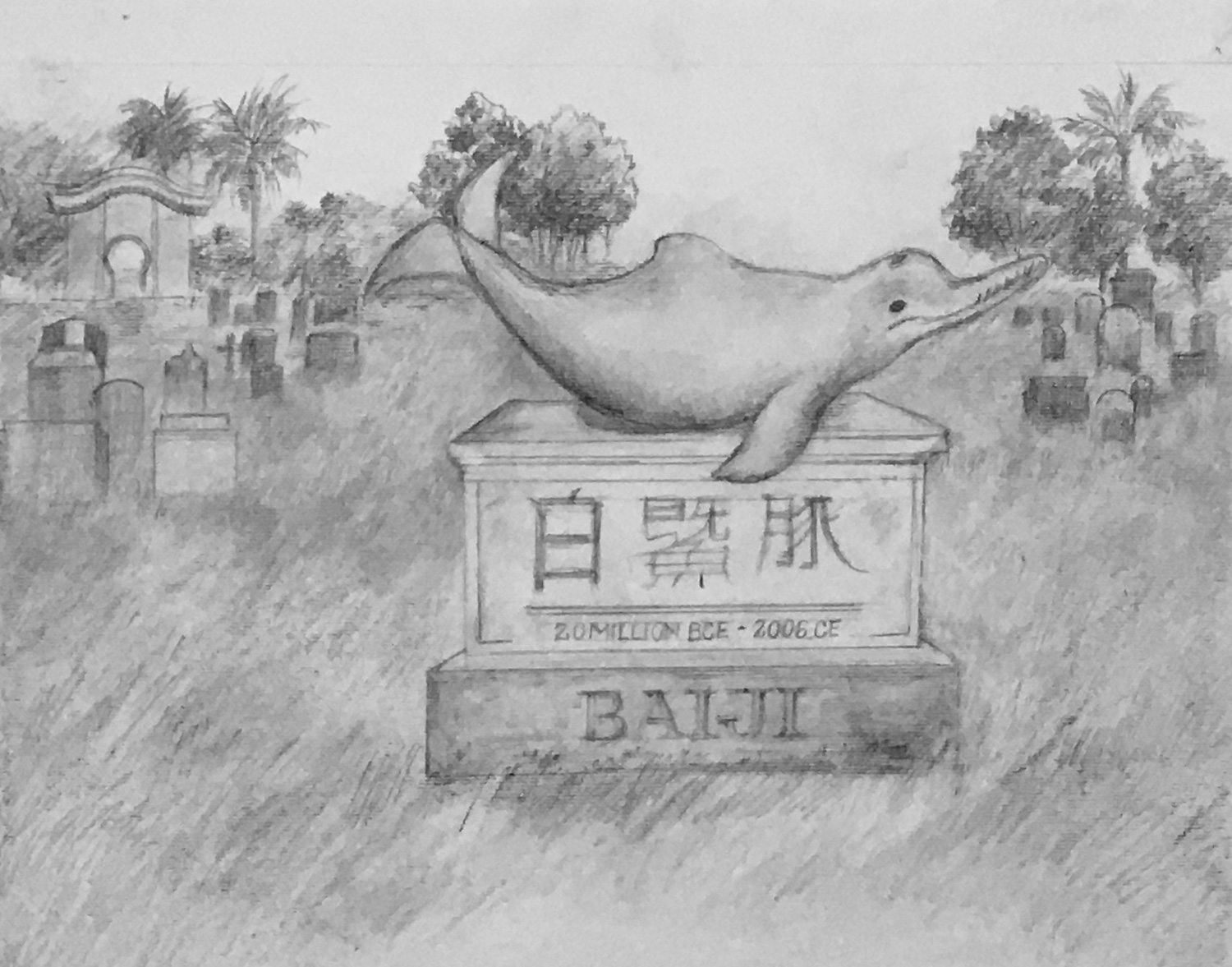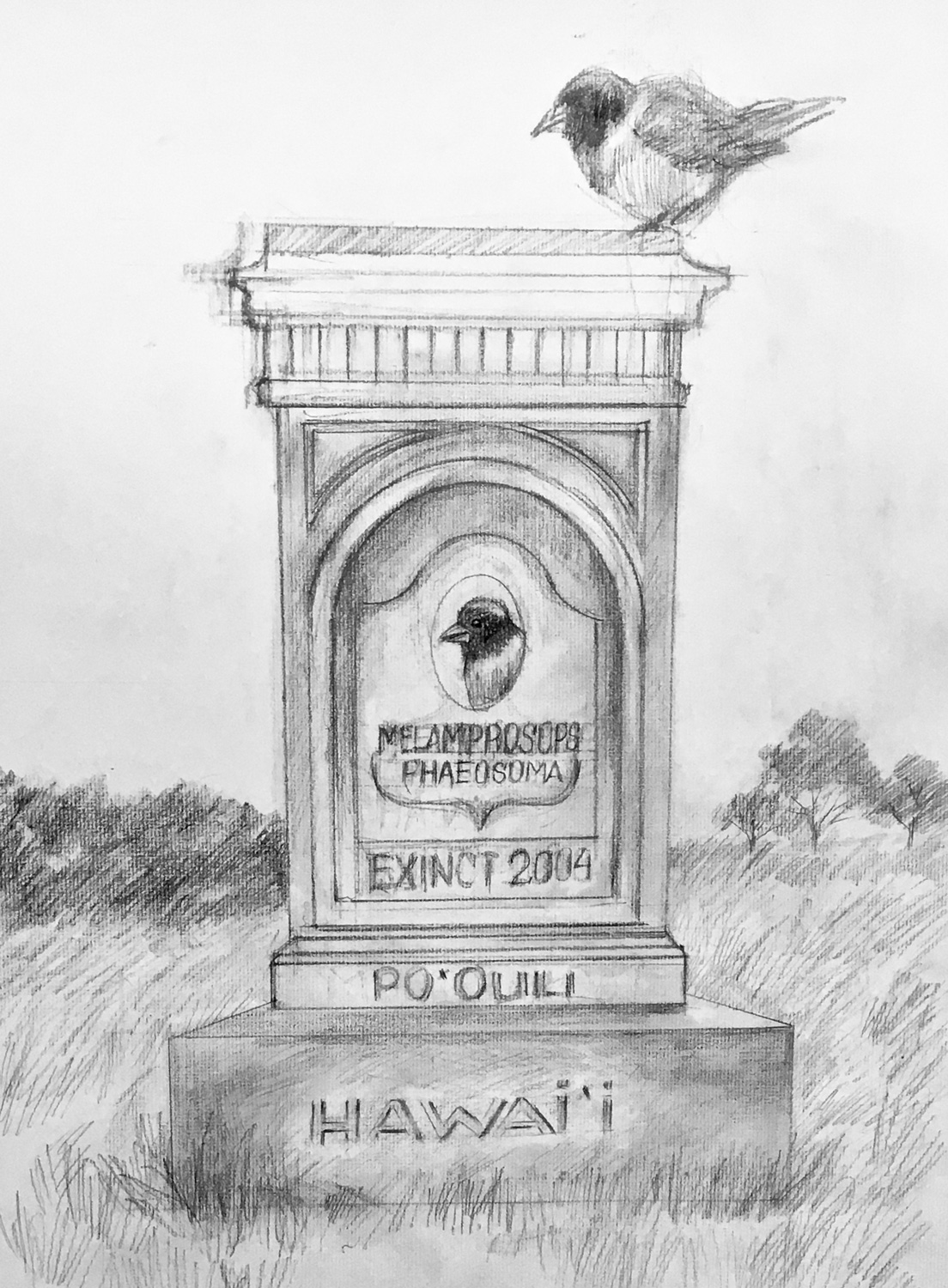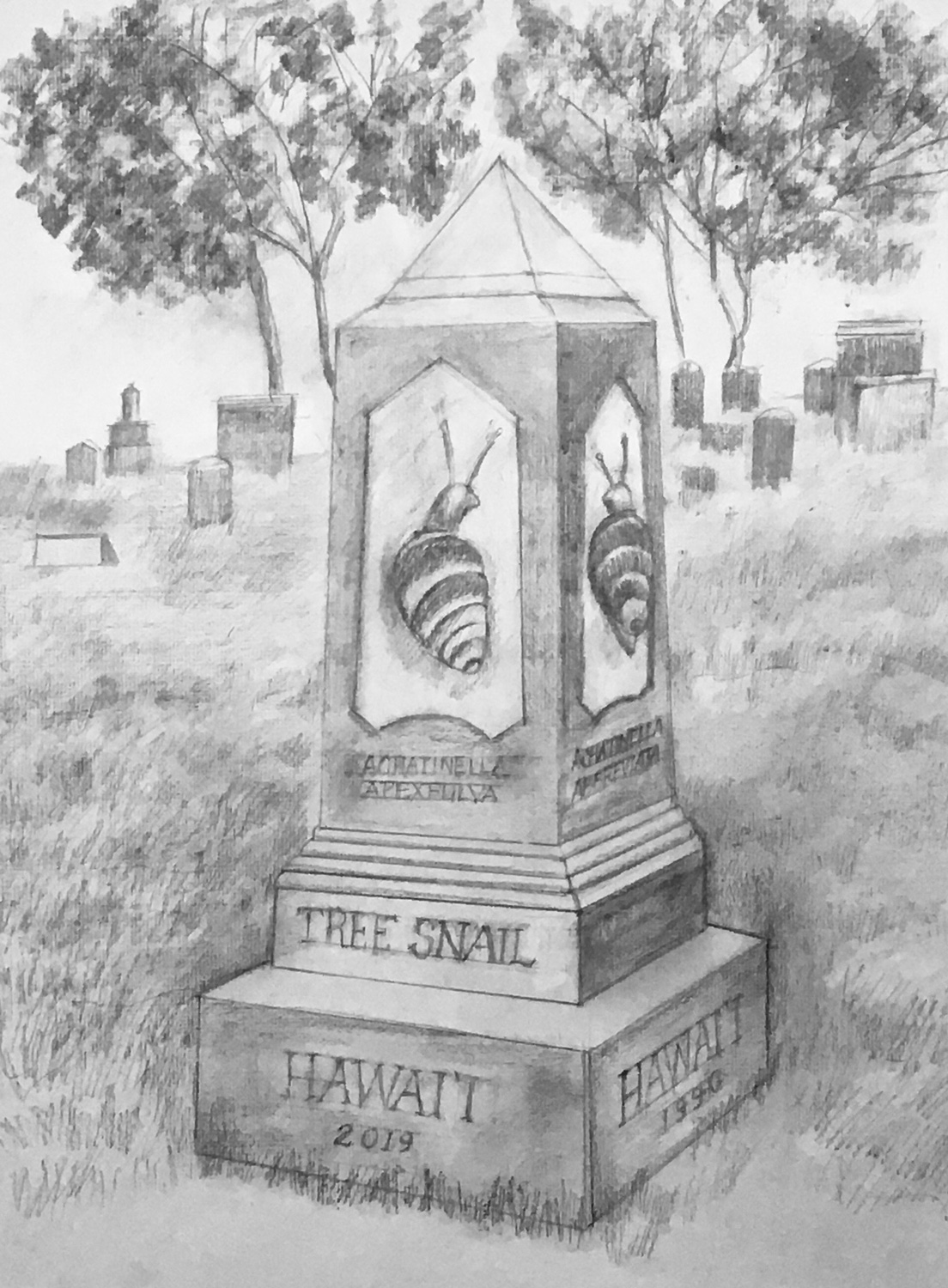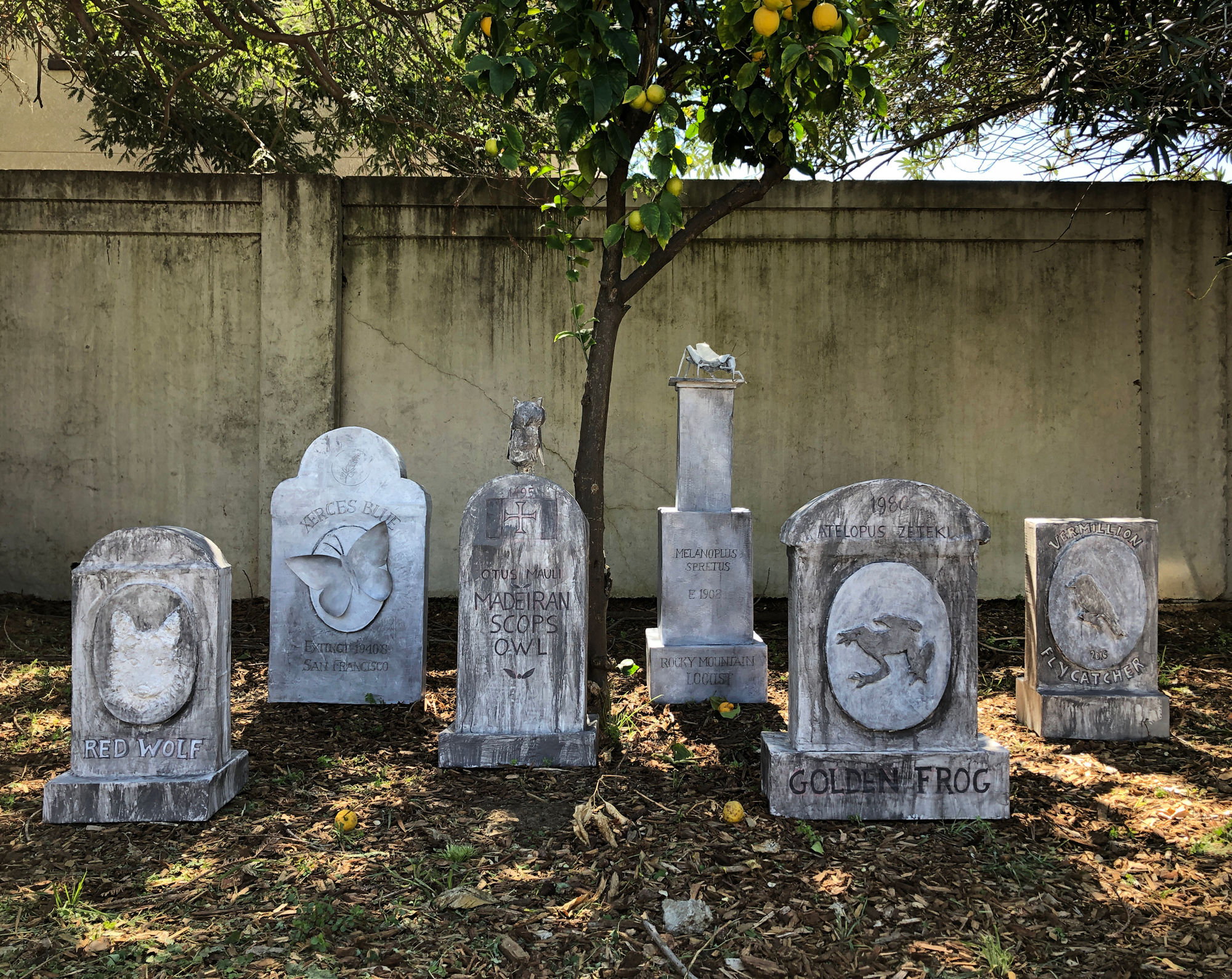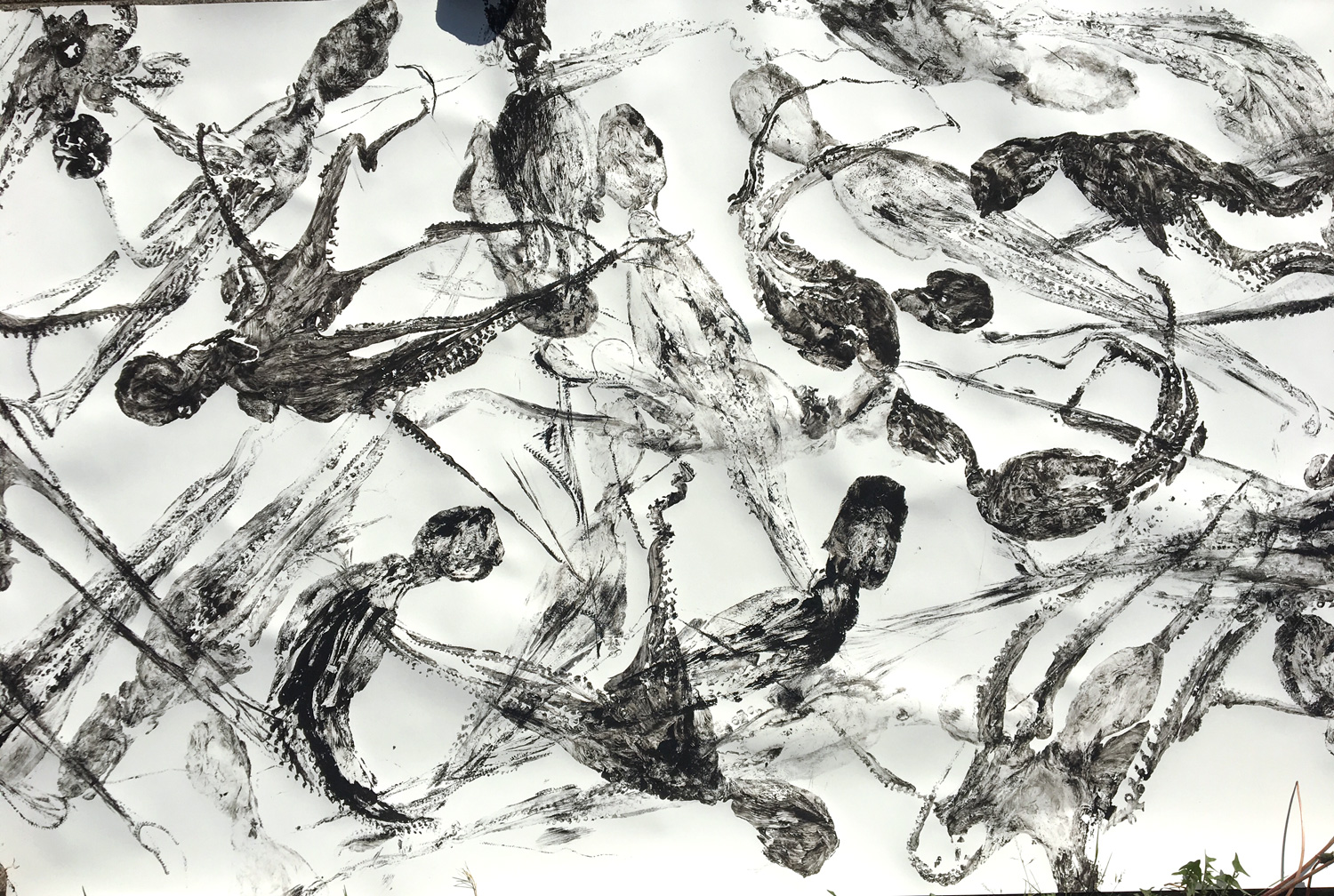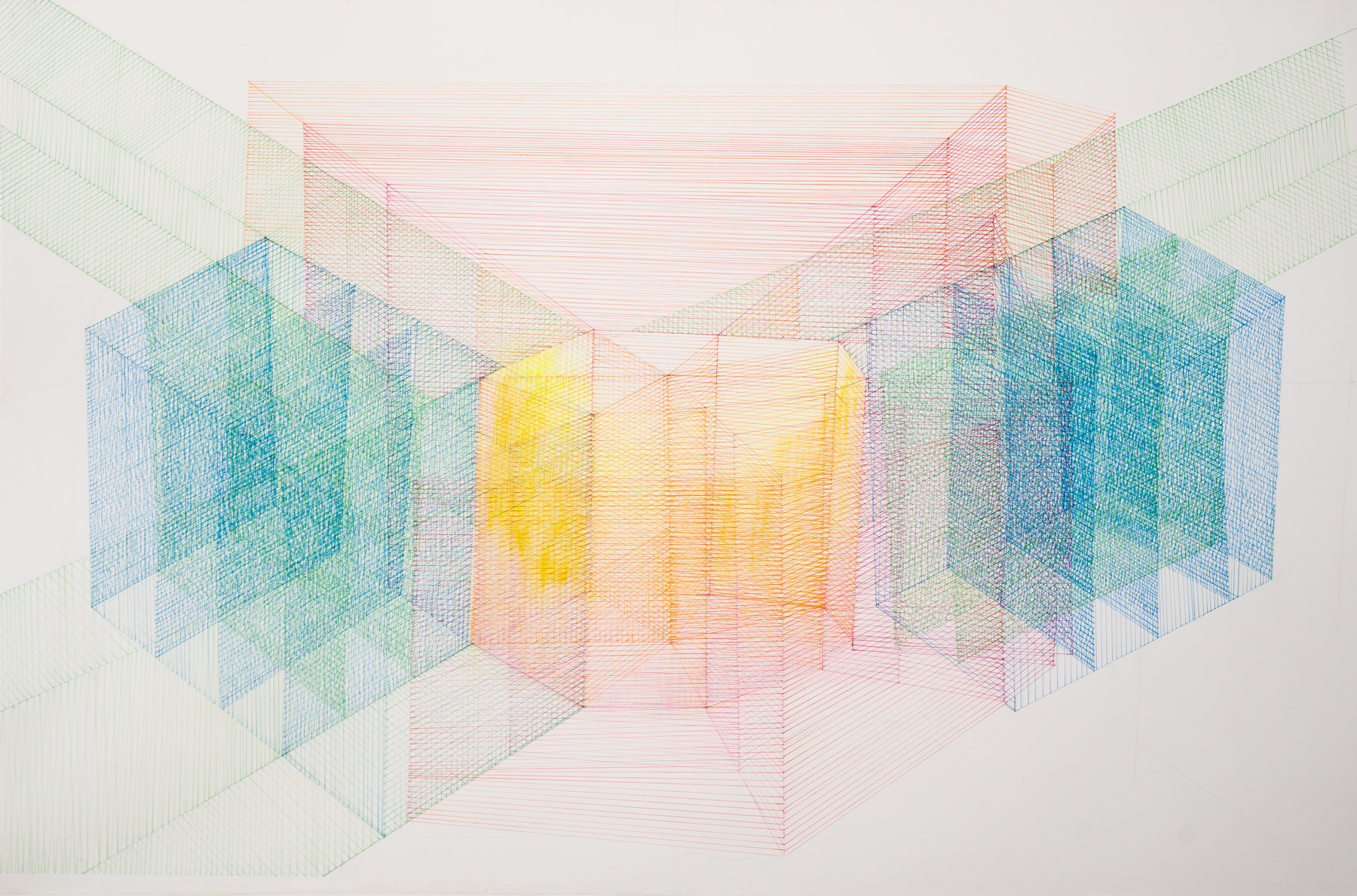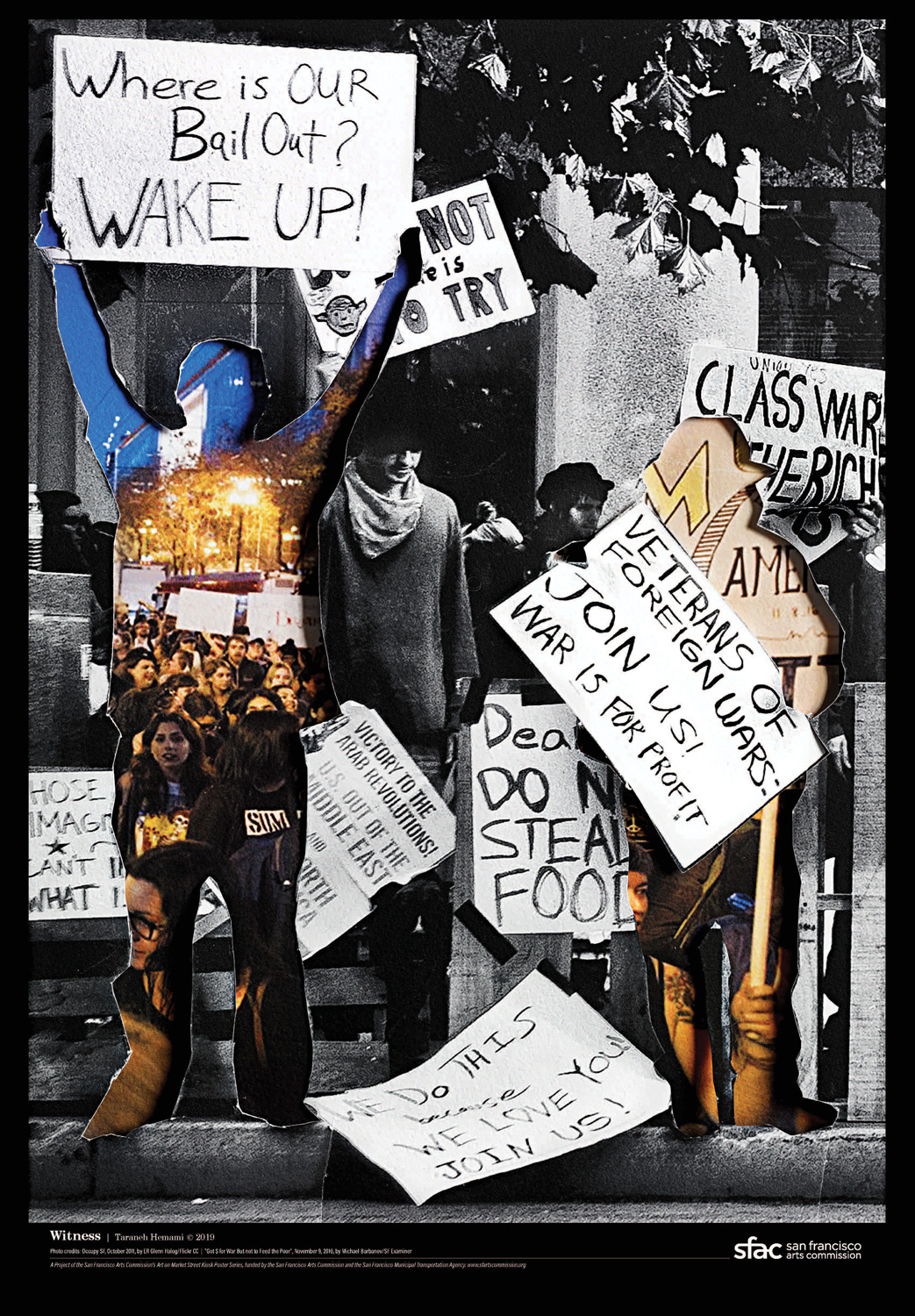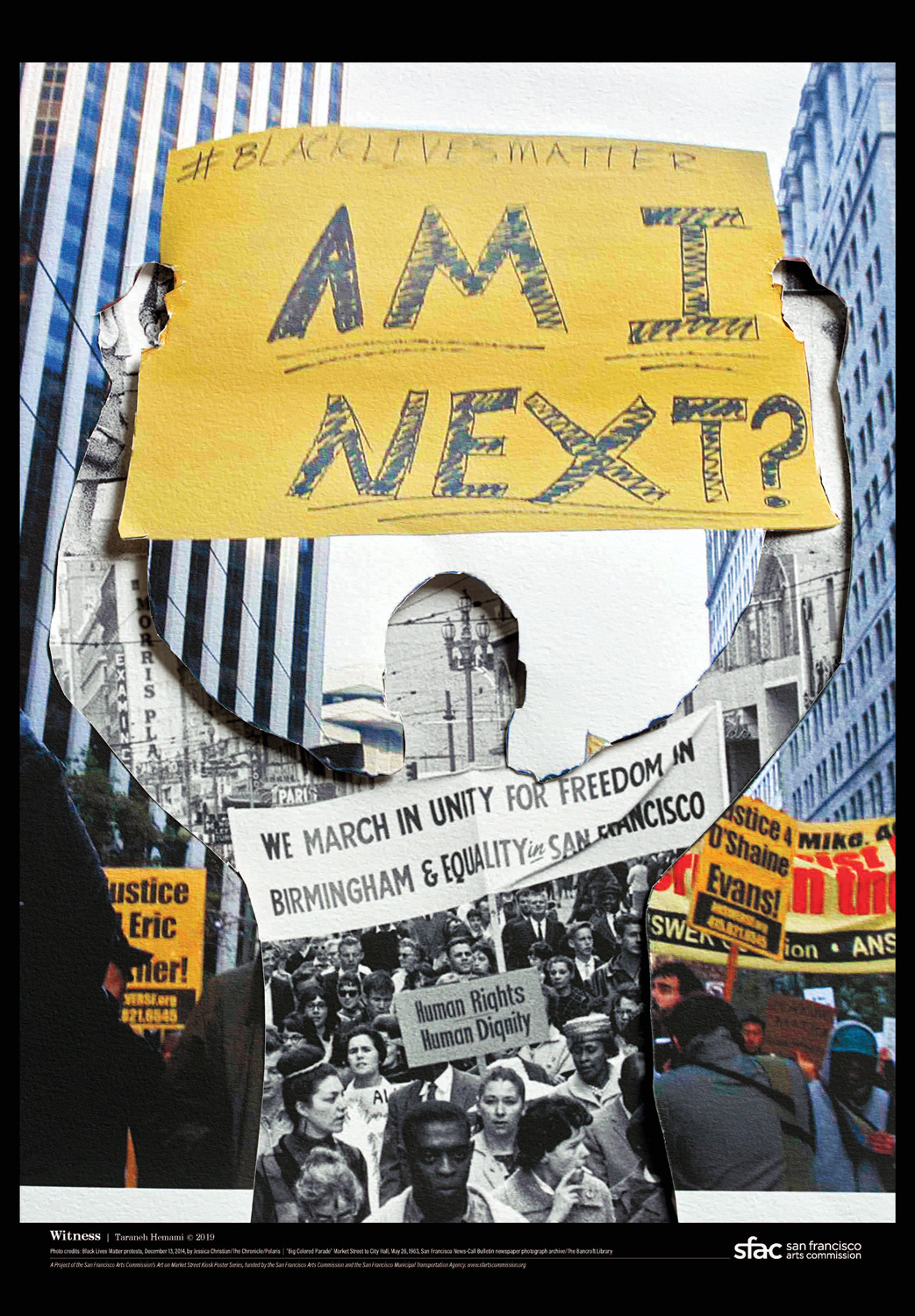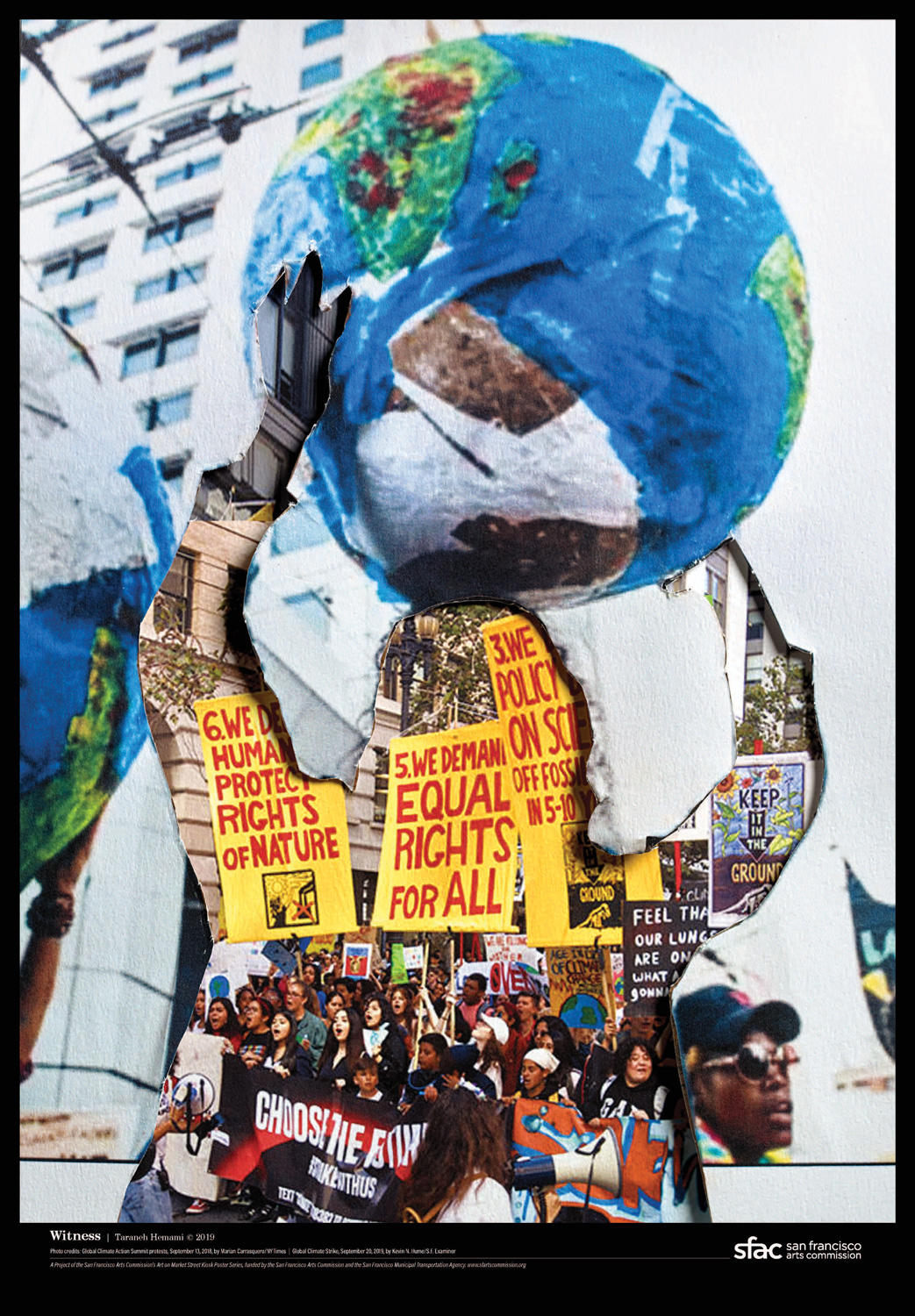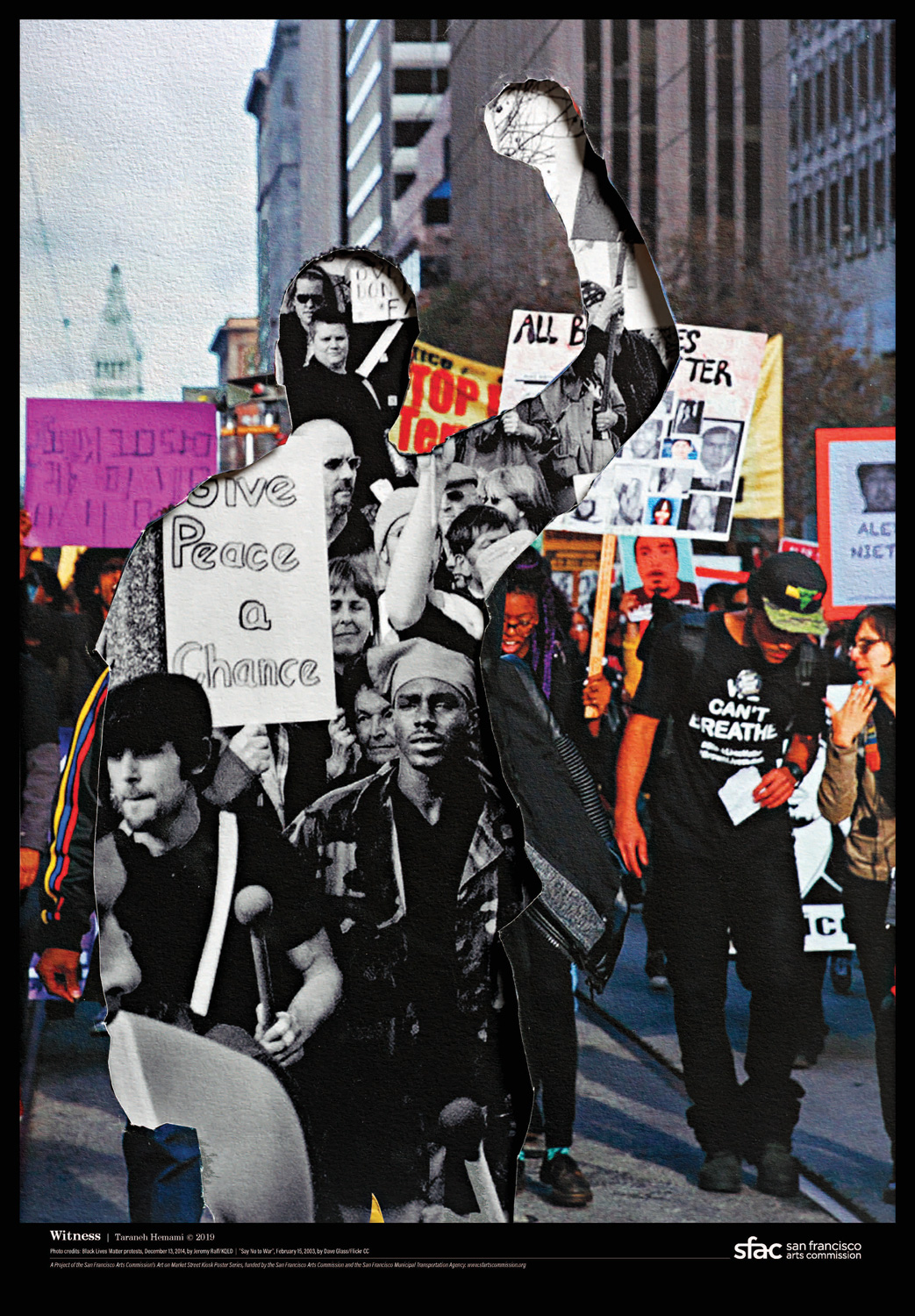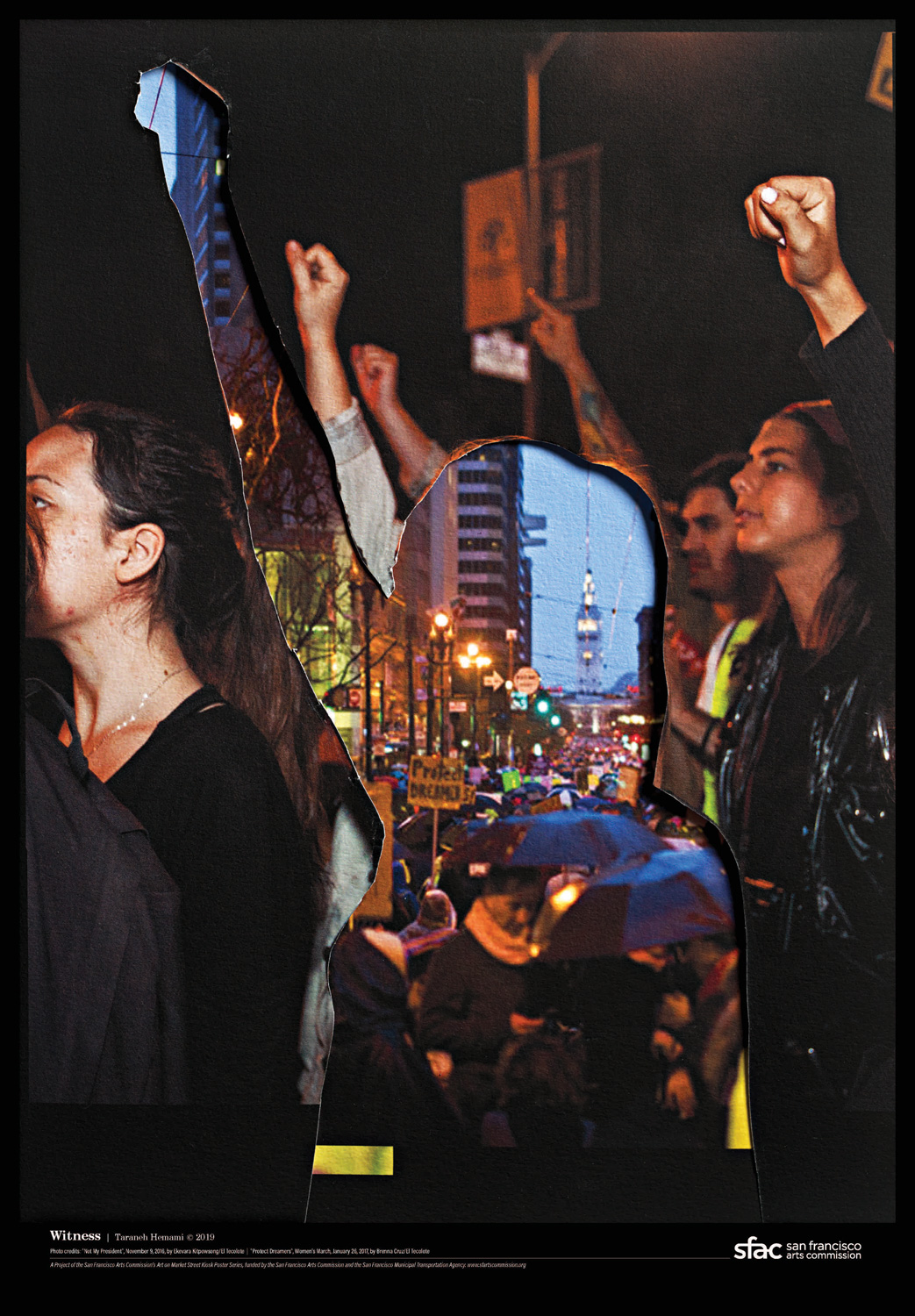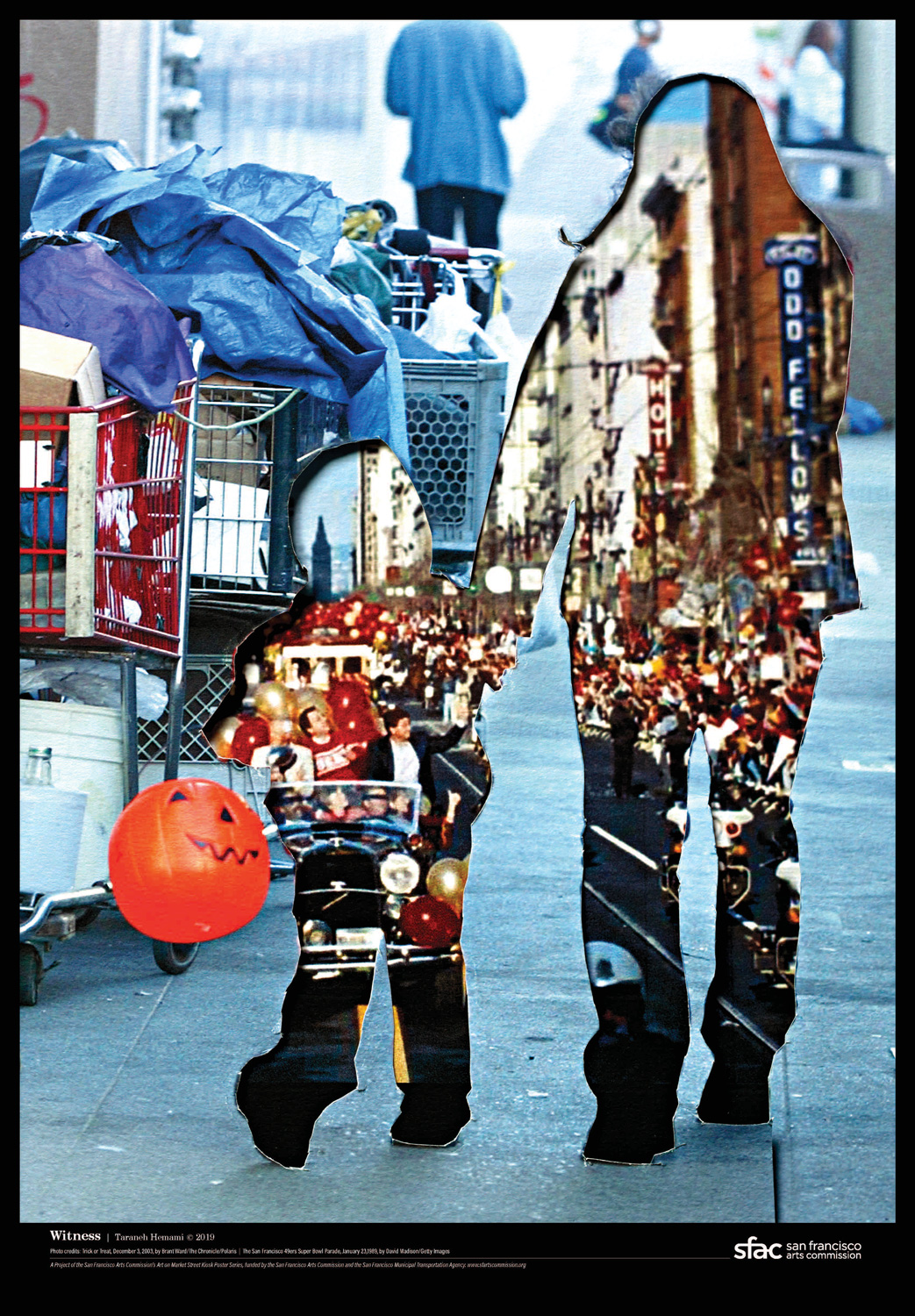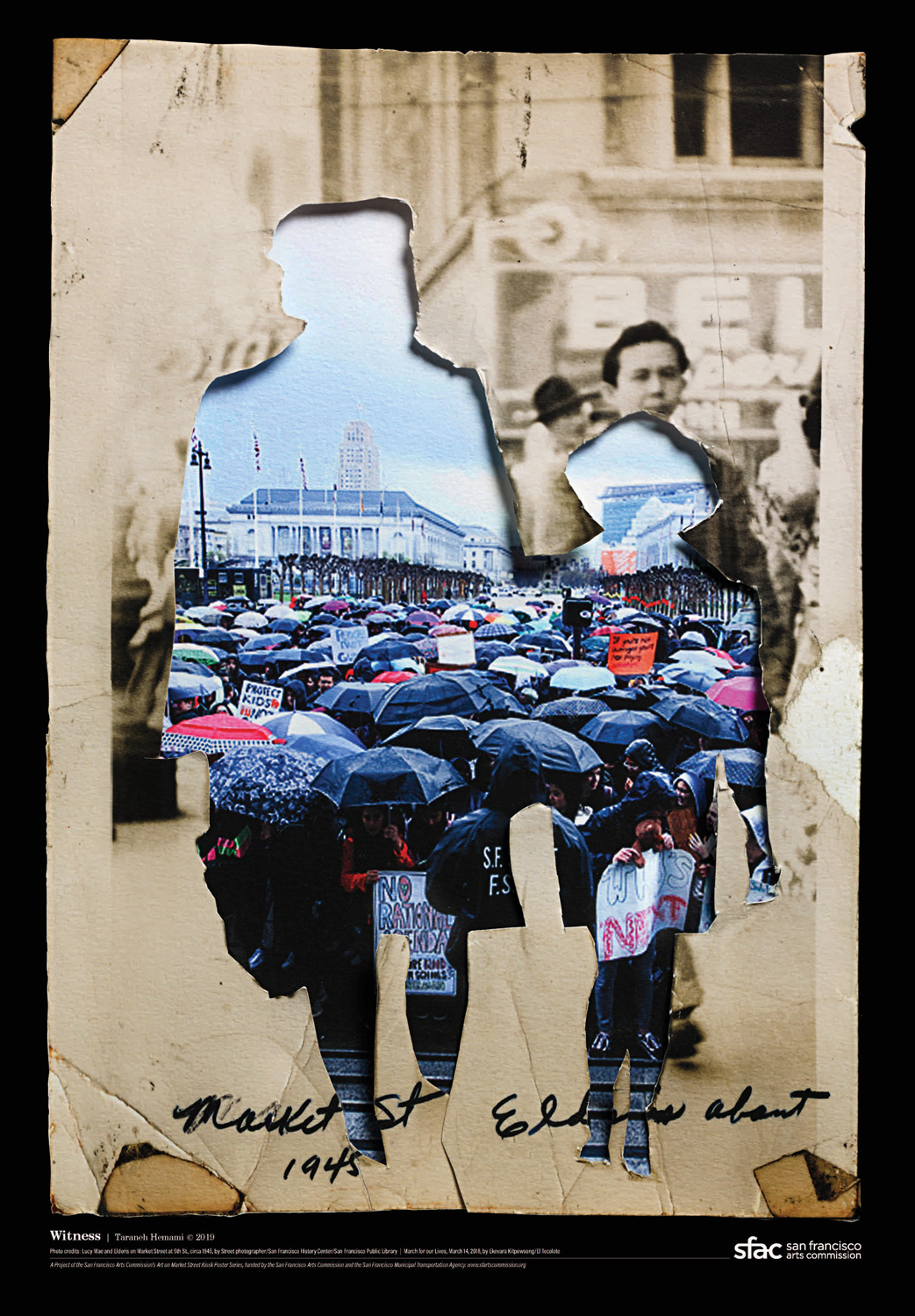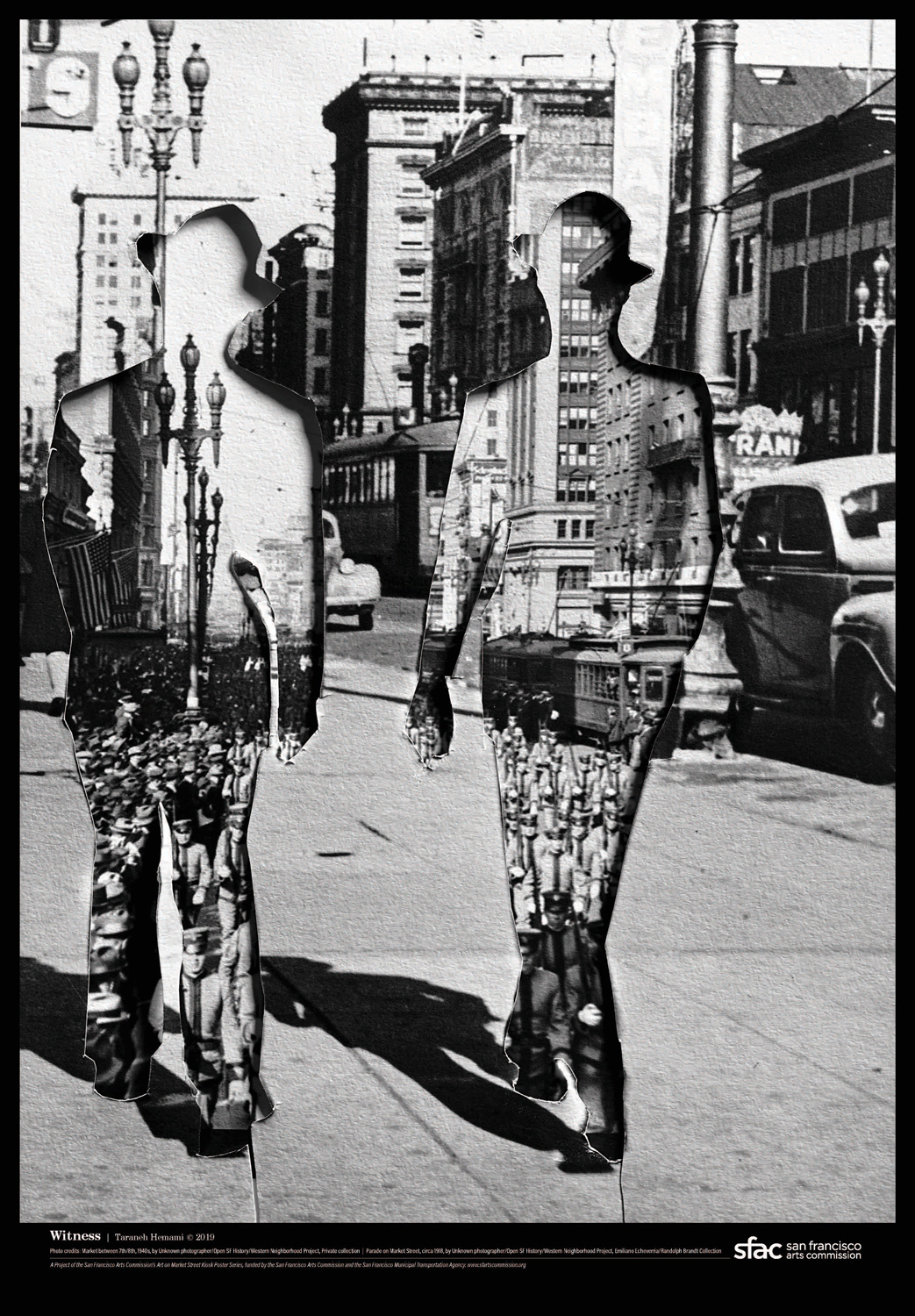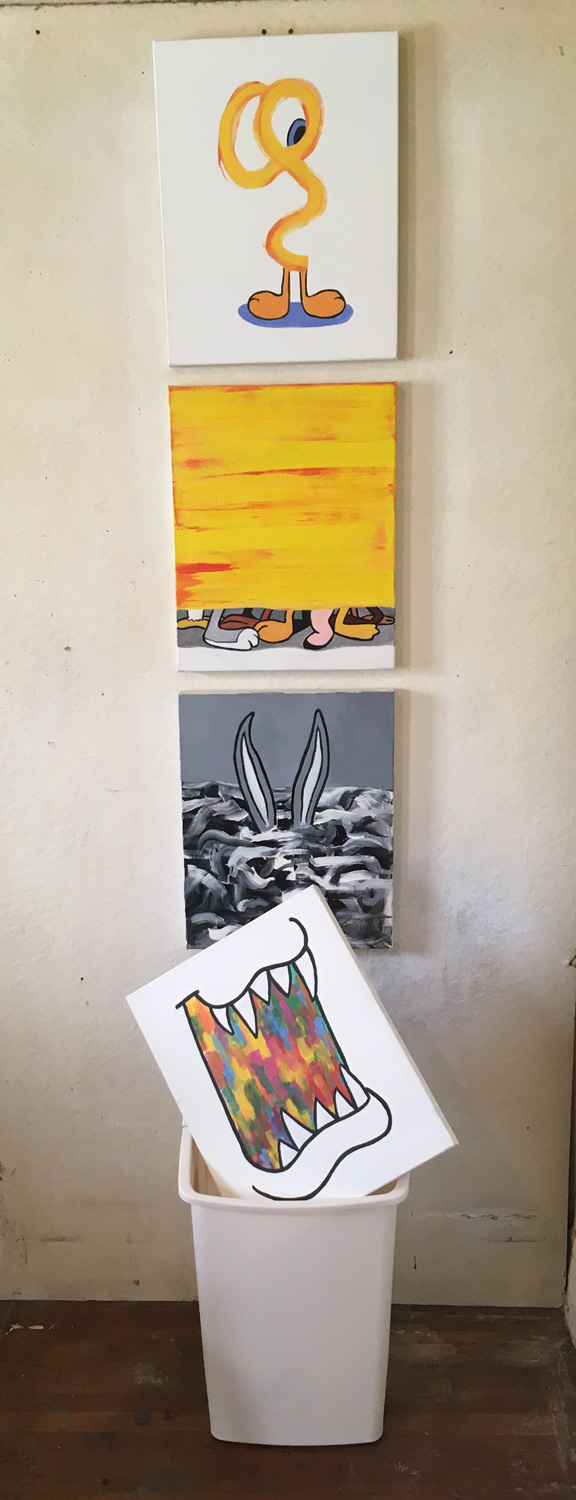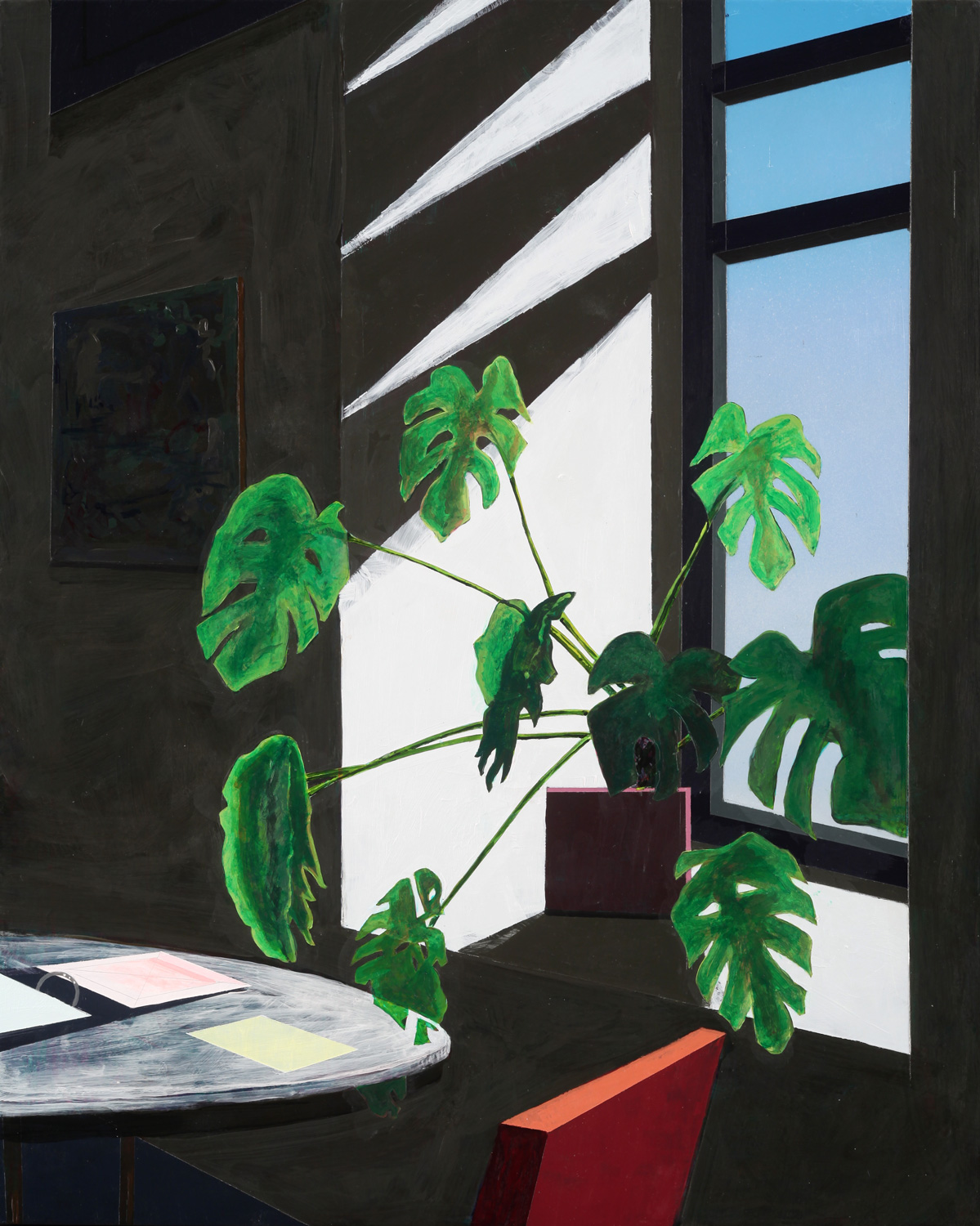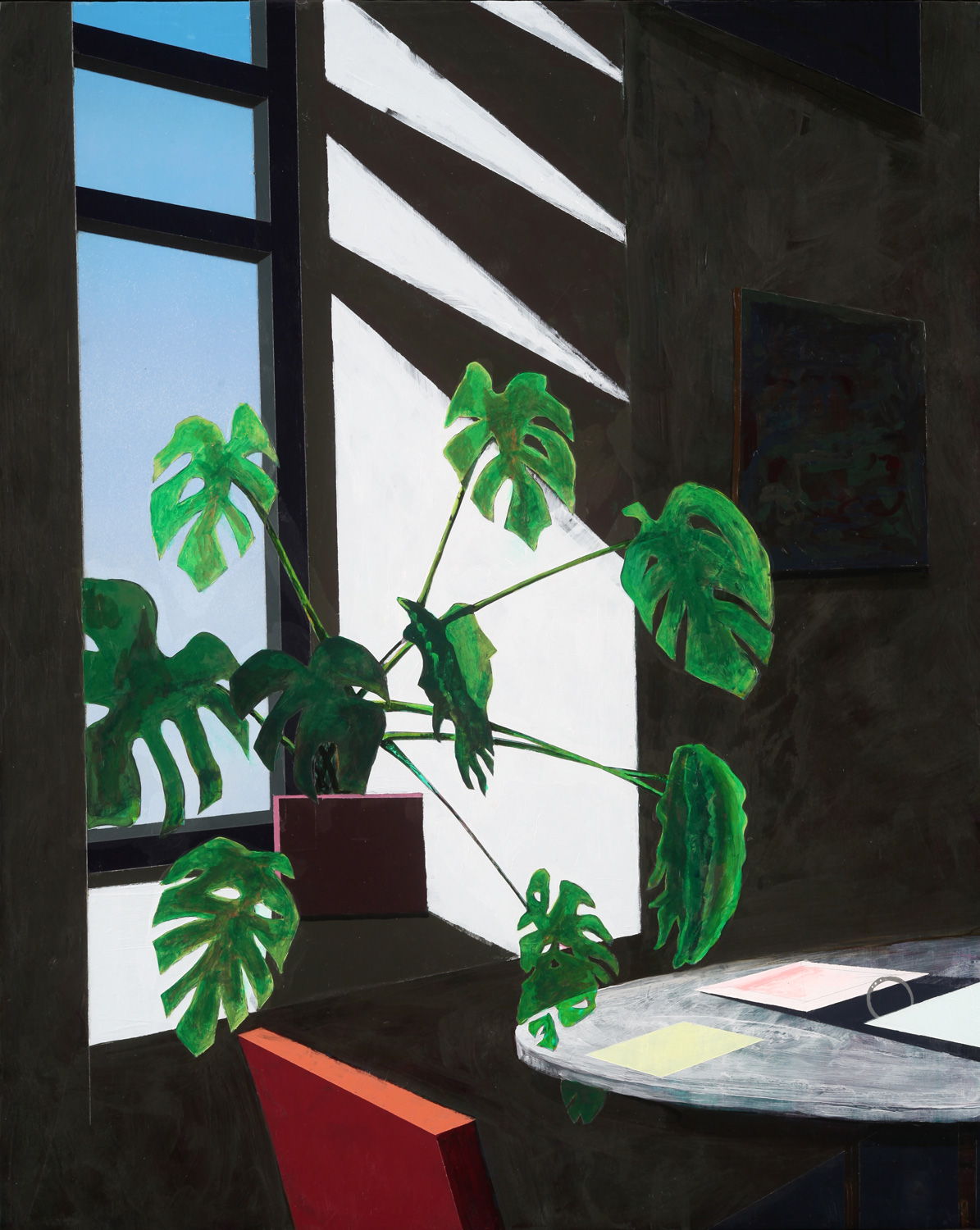Lauren Elder | R.I.P. A lament for recently extinct species
The idea for this project came to me during one of my frequent rambles in Oakland’s remarkable Mountain View Cemetery, a Victorian “fantasia” on death, complete with architectural monuments quoting from many world cultures. The cemetery was designed by the Frederick Law Olmsted, the landscape architect who also designed New York City’s Central Park and much of UC Berkeley and Stanford University.
It is an extraordinarily lovely environment that pays elaborate tribute to the passing of humans. Seeing the wildlife in the 226-acre urban park, it occurred to me that there are thousands of species that have already passed out of existence during the Anthropocene, many of whom have gone unnoticed or underreported. I feel that they also deserve to be memorialized. We should at least know their “names and faces.” Don’t you think?
I proposed the idea of a community art build to the activist group, Extinction Rebellion, and they embraced it enthusiastically. The idea is to carry the markers in street actions and strategically create instant cemeteries. We had completed two intensive sessions when the project skidded to a partial stop due to the current pandemic.
One of the volunteers, Verda Alexander, is a former art mentee and an enthusiastic artist working in this medium. Given the opportunity to participate in an online exhibition, we agreed to continue with several sample pieces – as well as sketches for future works. We are sharing those results with you now, as well as extending an invitation for you to participate.
Viewer Prompt
If you were going to design a grave marker, which creature would you choose? It can be an animal or a plant. The Red List gives a very up-to-date account to help you make a choice.
What style of monument would be fitting for the creature? Traditional? or something more imaginative? What is the story of the creature’s disappearance? This can be very fascinating research.
Do you want to make a drawing – or create a monument in papier-mâché? This project is easy to start at home with the delivery boxes you may be receiving currently, plus some wheat paste and ripped paper bags.
We hope you don’t find this creepy or too depressing but rather a heartfelt “song” to lost fellow travelers on the planet – and maybe you will be motivated to join one of many activist groups who are working very hard to save those species that are on the edge – among them orangutans, gorillas, rhinos, and the Mexican Vaquita, the world’s smallest porpoise.

